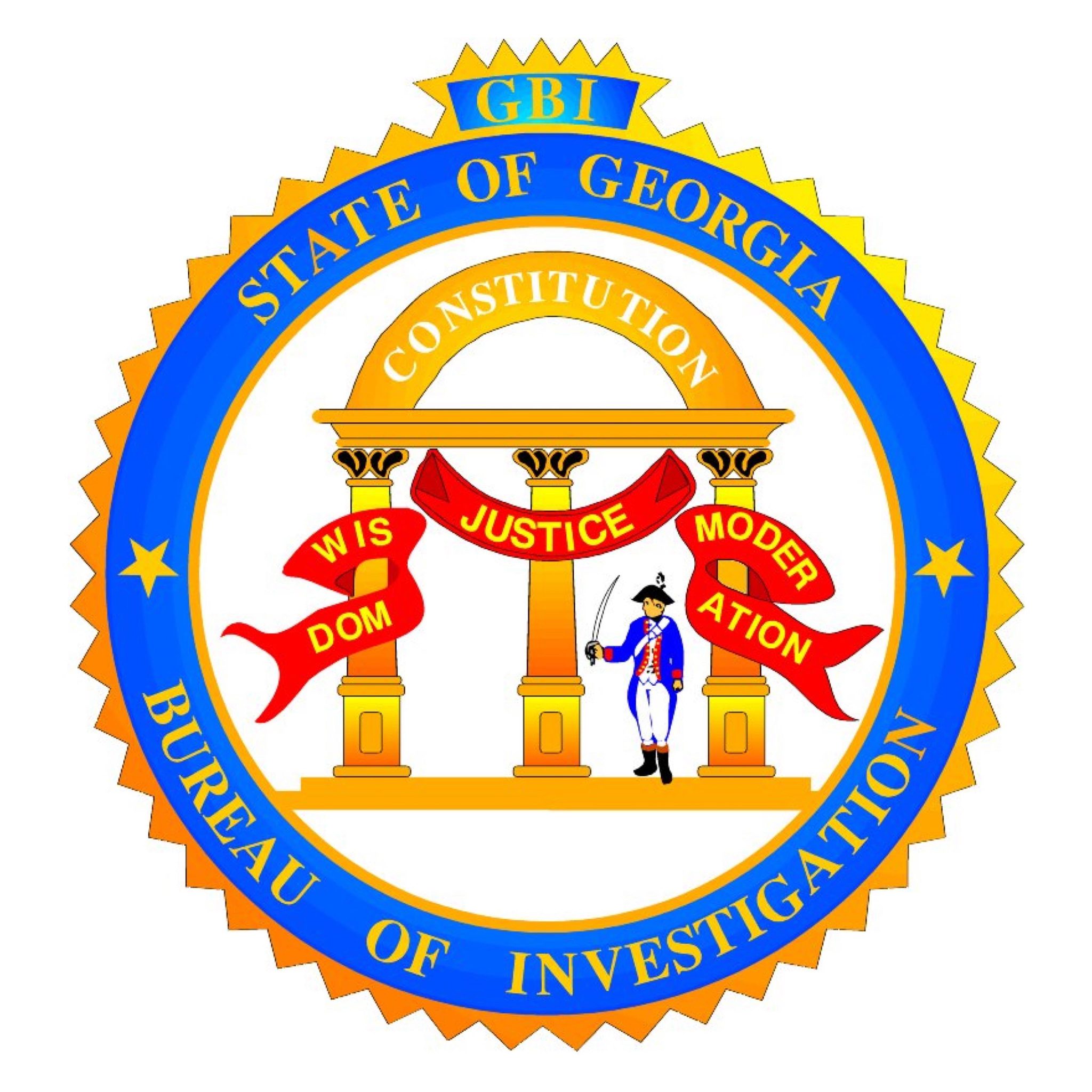Saving the Past for the Future – Part 1
Published 12:45 pm Sunday, October 6, 2024

- Remains of the first brewery in Georgia which was on Jekyll Island.
|
Getting your Trinity Audio player ready...
|
The history of Jekyll Island is a most interesting story. It is so different than that of all of the other Golden Isles! Their history revolves around the Atlantic Ocean, the crops from their plantations and the lighthouses that guide the ships to their docks. Not so with Jekyll Island.
This nine mile long and one to one and a quarter miles wide Island is just a stone’s throw from St. Simons Island and does somewhat share in its history. However, Jekyll Island is the most widely known, privately owned Island in America. None of the other Golden Isles can say the same.
Let’s grab a Chick fil A and an iced sweet tea, find a picnic table along the shoreline of the Flint River and enjoy finding out how this Island grew.
Trending
It seems that Jekyll Island was attracting visitors long before it became an upscale resort. The first inhabitants of the Island were prehistoric Indians who were mound builders, like those that lived in our area. According to the artifacts that were found, this Island had visitors as early as 2500 BC. Small groups of hunters and gatherers would paddle out to the barrier islands off of Georgia’s south eastern coast to take advantage of the abundance of plants and wildlife that lived there.
However, on Jekyll Island, most of those who came did not intend to stay, like the folks did on the other barrier islands. However, there is some evidence of their existence on Jekyll Island. One particular site can be seen at one of the golf courses on the Island that is called, Indian Mound, which is located near this discovery. This name came about when a large deposit of oyster shell middens that had been deposited by prehistoric tribes who came to hunt and fish, was found by archeologists exploring the Island. This area has been preserved and is untouched by residential and commercial development.
The Timucua Indians were the next known Indians to live on Jekyll Island and they occupied most of the land. They were an indigenous people who followed the hunting and fishing from the mainland out to Jekyll, and then back to the mainland again.
Next, came the Guale Indians, who were a part of the Muskogean Indian tribes, who occupied the tip of Jekyll Island to the north. They were the first to call their Island home, Ospo. Both tribes, in their appearance and culture, were very much like those of the Seminole and Creek Indians which occupied our area.
However, there is a word-of-mouth legend that says at one time, the Island had been a stopping place for pirates and buccaneers, who came to rest and spent time here, away from their ships. Many also believe, that Black Beard the pirate, as well as others, buried many of their treasures on Jekyll Island.
There is an area on the northern end of Jekyll, where thousands of artifacts were found, showing that both the Timucua and the Guale came there and maybe stayed for a little while, with the Guale occupying the area longer. Most of these artifacts were fragments of pottery, shell tools and kitchen middens. But, with the rising of the tides, those that stayed along the shore, have had their existence taken away by the sea. Therefore, the story of these very early people can only tell us so much.
Trending
When the Spanish and the French arrived, they were greeted by the Timucua Indians. The Spanish built monasteries to convert the Timucua to Catholicism and the French wanted them to be of the Protestant religion. Not only were the objectives of the Spanish and French different, but there was also fighting going on between these two countries in Europe. Now, the Indians were stuck in between these two folks, which they felt were invaders.
Jekyll Island became a challenge for the Spanish Missionaries who came, and built a mission here which was called San Buenaentura. It is believed that the Spanish mission was on the Island when it was still called Ospo. This would have been around the 1540s. During their occupation, they tried to teach and convert the Indians to Christianity.
Sadly, what had happened on the mainland, also happened on the Island. With the diseases brought over by the Spanish and the French, the Indians tribes were decimated. Most of those, who were left, abandoned Jekyll and stayed on the mainland for protection in numbers.
During the many years that the Spanish and the British were fighting during the 1500s, the British came over to Ospo from Charleston and attacked the mission. With it being helpless, it was destroyed. However, the British didn’t stay on the Island. This is when the French became the only European nation left on Jekyll Island. They were more persistent on staying and loved everything about. They called it, Ile de la Somme.
It was in the early 1600s, that the name of the Island was officially changed from Ospo to Jekyll Island. One story, the more romantic one, says that at this time, most of the Island was operated by a Frenchman named Jacques and the Island was called, Jacques Island. After a while, the name slowly changed into Jake’s Isle and finally Jakyl. The Island‘s name was spelled “Jakyl”, for many years. Eventually, the extra “L”, was added, somewhere along the way and then the accepted spelling became Jekyll, and this has stayed.
However, most historians believe that the name change came about in a more practical manor. It was in 1733, when General James Oglethorpe founded the colony of Georgia. This is when he renamed the Island, from Ospo to Jekyll, in honor of Sir Joseph Jekyll, who contributed a large sum of money towards the financing of Oglethorpe’s building of the colony of Georgia. Therefore, it became Jekyll Island.
The Spanish, the British and the Americans tried to settle all the differences between them, in June of 1735. This is when Spanish emissaries from St. Augustine showed up on Jekyll Island. Oglethorpe entertained them on his sailing ship, the “Hawk”, to prevent them from coming on land and seeing Fort Frederica, which was setting on St. Simons Island and was visible from Jekyll Island.
There were toasts to the king of England and to Spain, as well as the Highlanders and the British Regulars, who stood at attention on the deck of the ship. Also, in attendance, was Oglethorpe’s best friend in the New World, Chief Tomochichi, who came aboard with a band of Indians in war paint. Presents were exchanged and all differences were presumably forgotten.
During the early days of Georgia, a part of Jekyll Island was planted in fields of barley, hops, rye and grain. Now, Georgia’s first brewery was built. Beer was to be brewed for the solders, so that they would have this much wanted drink. However, in one of the first reports sent from Jekyll Island, it was stated that this beverage had already been brewed there for quite some time.
The beer was made on the plantation that was owned by Oglethorpe and Major William Horton, an aide to Oglethorpe, was appointed by Oglethorpe to be in charge of the care of the brewery. Major Horton was a trusted officer and was always chosen for important missions. Major Horton is believed to have been the first English resident on Jekyll Island. His two-story, tabby house, which is called, Horton House, was built on the north end of the Island. At one time, it also had a large barn.
Horton also had fields cleared for the cultivation of row crops which supplied the settlers at the village of Frederica which was on St Simons Island, with much needed food as well as beer.
The Spanish destroyed much of Horton’s plantation when they invaded the Island, after the English had beaten them in the Battle of Bloody Marsh, on St. Simons Island, in 1742. However, Horton later rebuilt his house and by 1746, he had restored the plantation as well.
Horton also cut a road across the Island, which runs east to west, from his home to his cottage on the beach. The Horton House ruins and those of the brewery are still there as is the road which is now known as the Horton Road.
In 1743, Jekyll Island became a military base for a number of years and Major Horton was Commander of the military forces on the Islands. Then, in 1765, the General Assembly of the State of Georgia, passed an act, which added the barrier islands along the Atlantic Coast, to the American Parish of St. James. This included Jekyll Island.
In the following year, Jekyll Island was given to Clement Martin for his service in the Revolutionary War. In 1784, the Island became the property of Richard Leake, whose daughter married Thomas Spalding, a prominent and successful planter who owned several of the barrier islands. Leake is said to have been raising Sea Island cotton on Jekyll Island, as early as 1778.
In the 1790s, the Spaulding plantation was bought by Christopher Poulain du Bignon, one of a group of Frenchmen, who had formerly owned Sapelo. Du Bignon was a decorated French Naval Captain, whose loyalty to Louis XVI, during the French Revolution, forced him to have to leave France.
Du Bignon’s life was very adventurous, having spent many years in the French military. He was on one of the French sailing ships, which came to the aid of the American Colonists on the barrier islands, during the Revolutionary War.
In 1792, on his ship, “Sapelo”, he brought his family to the Georgia coast and the Island which he had fallen in love with, the first time he saw it from the deck of his sailing ship. First, he purchased Sapelo Island and then by 1794, he had added Jekyll Island. While on Jekyll, du Bignon lived the life of a French millionaire. This is when he decided to turn Jekyll Island into his own plantation. He then enlarged and repaired the Horton House and made this his manor home. As the family grew, several wooden additions were built on to the tabby structure.
It was the Sea Island cotton which helped du Bignon enlarge his dynasty, as over eleven thousand acres, were planted with this very exclusive cotton. The family residence was decorated with furnishings, pictures and ornaments from the owner’s home land, which had been brought over by their sailing vessel, the “Commodore”, on one of her annual voyages to France for supplies.
The French proved to be a hardy bunch, ready to protect their families and their possessions against a possible British invasion. Beautiful and serene as Jekyll Island appeared, there was still a lot of the politics of war going on around it. The du Bignon’s had to always be prepared to protect their families and their possessions against a possible invasion of the Island from Britian or Spain. A sharp look out was always kept for strange sails and when an unrecognized ship appeared along the shores, the planters hurriedly buried their valuables and ordered the women and children into the upstairs of the house, as they called to all hands to man the guns in case the strangers proved to be an enemy.
A family legend tells about a landing party which fought off invaders during the War of 1812, when the British were still trying to take America back. The du Bignon’s lost several family members and it is rumored that their treasure is still somewhere in the forests on Jekyll Island. One clue is that there is a tree with a copper hook in its trunk and the tip of the hook points to the spot where the du Bignon’s buried several treasure chests.
Colonel Henry du Bignon was an enthusiastic follower of the sport of boat racing and his schooner, “Goddess of Liberty”, was famous along the whole Atlantic seaboard. Painted white with a band of blue, that featured many stars, the “Goddess of Liberty”, won many prizes in many a coastal regattas.
For over one hundred years, the five generations of du Bignon’s made Jekyll Island one of Georgia’s most romantic of the Golden Isles. This was their home and the descendants of this family made Jekyll a favorite gathering place.
Christopher Poulain du Bignon had passed away in 1825, and was buried on Jekyll Island. A live oak, that is still there, is his monument. Fortunately, the cemetery, too, is still there and has burials from 1794 to 1886. This is the resting place for many of the du Bignon’s.
The barrier islands were too rich in wildlife and beaches and had too good a climate to remain isolated for long. In time, they were discovered by wealthy Europeans and northern industrialists who came to coastal Georgia to enjoy the abundance of natural beauty.
Therefore, next week we will visit the Jekyll Island of the rich.





